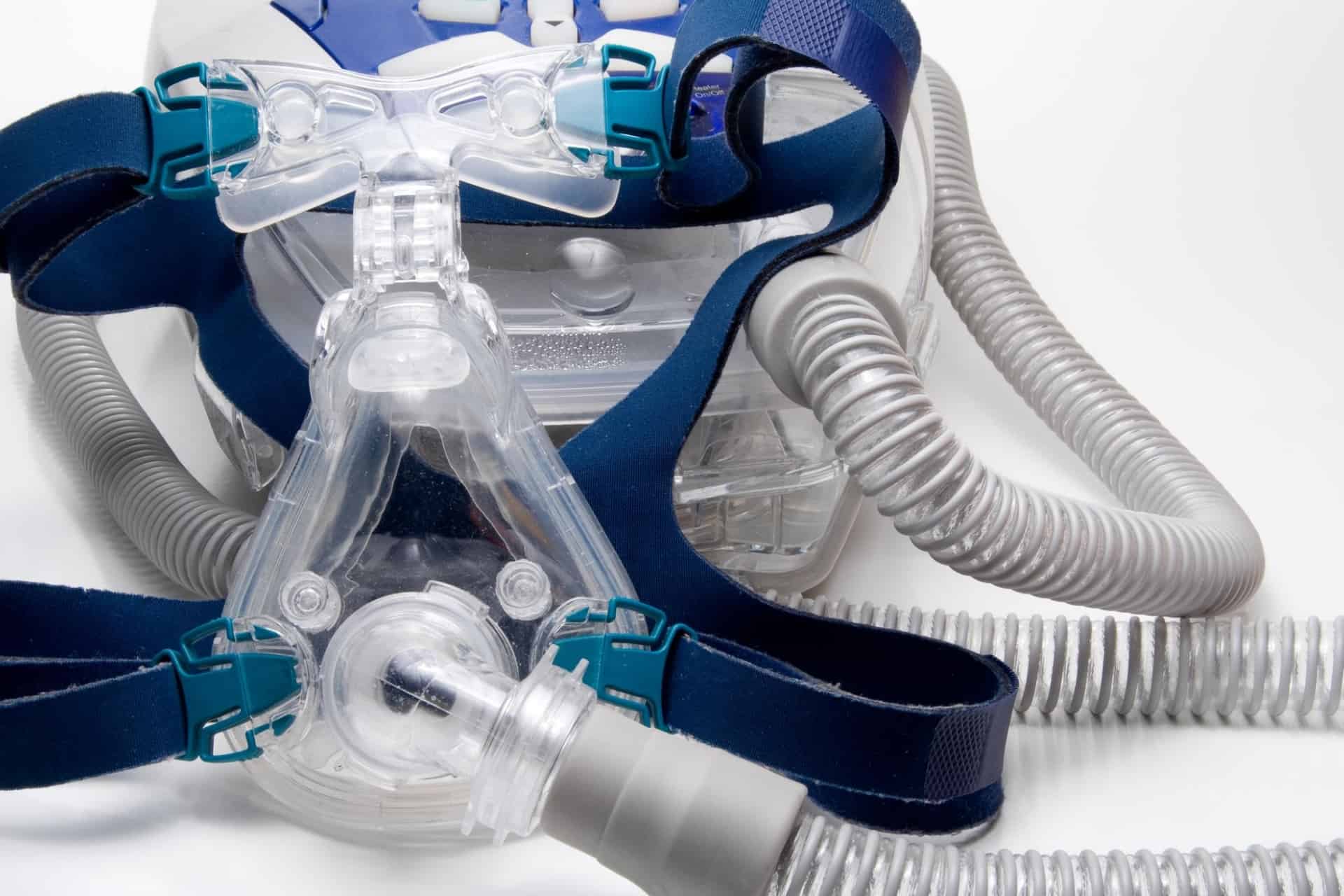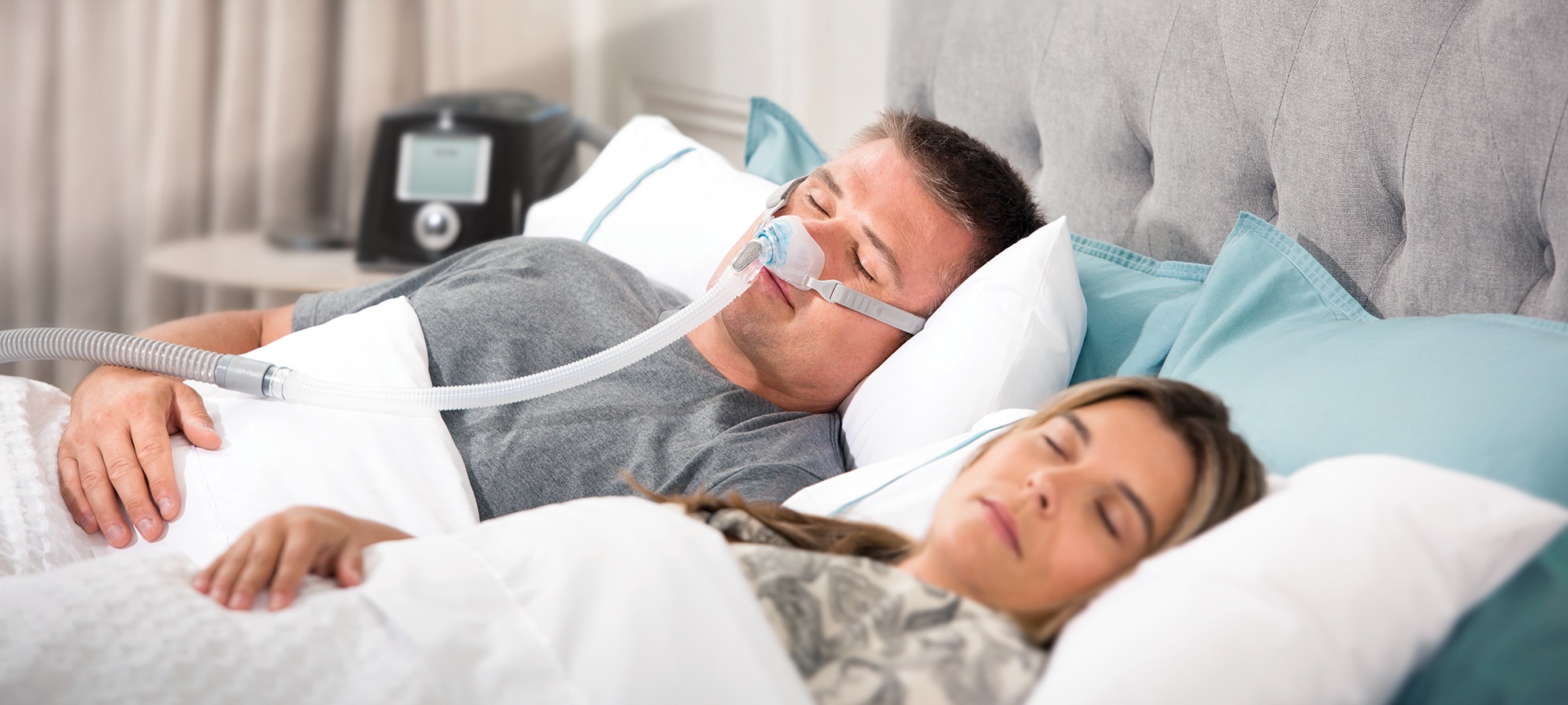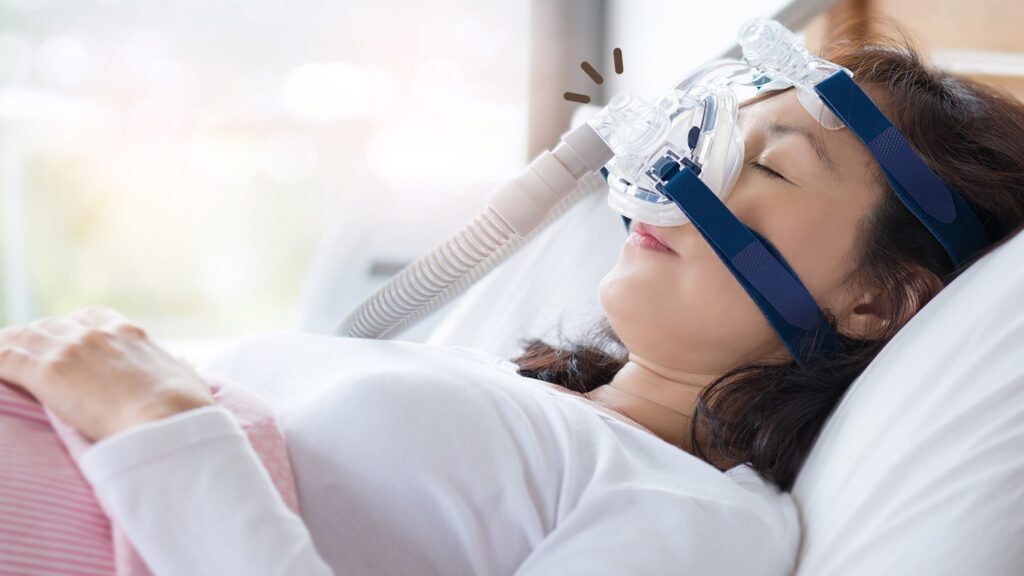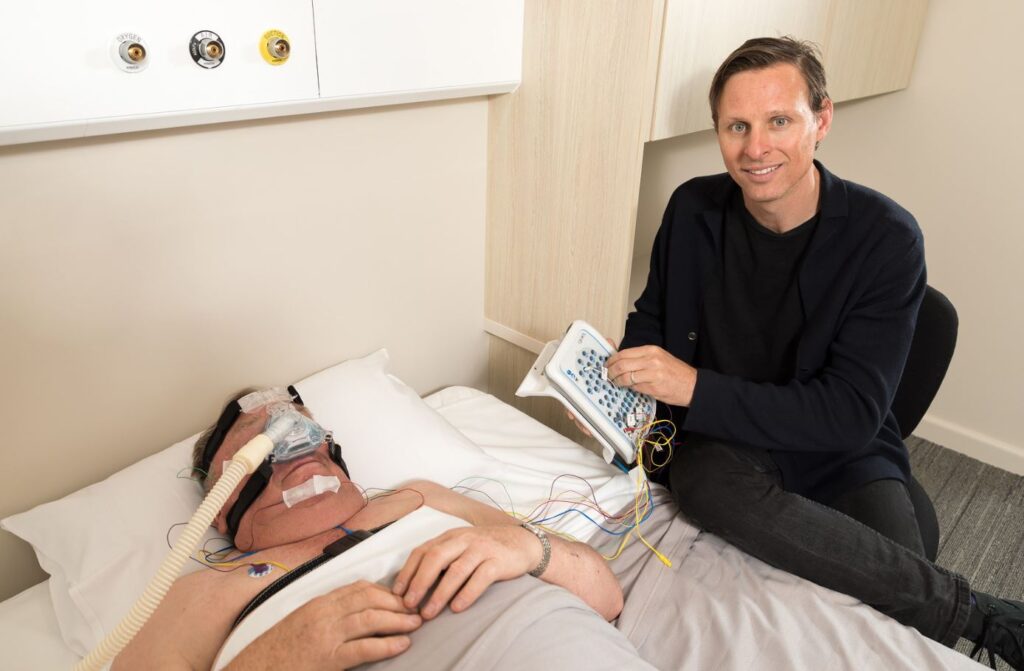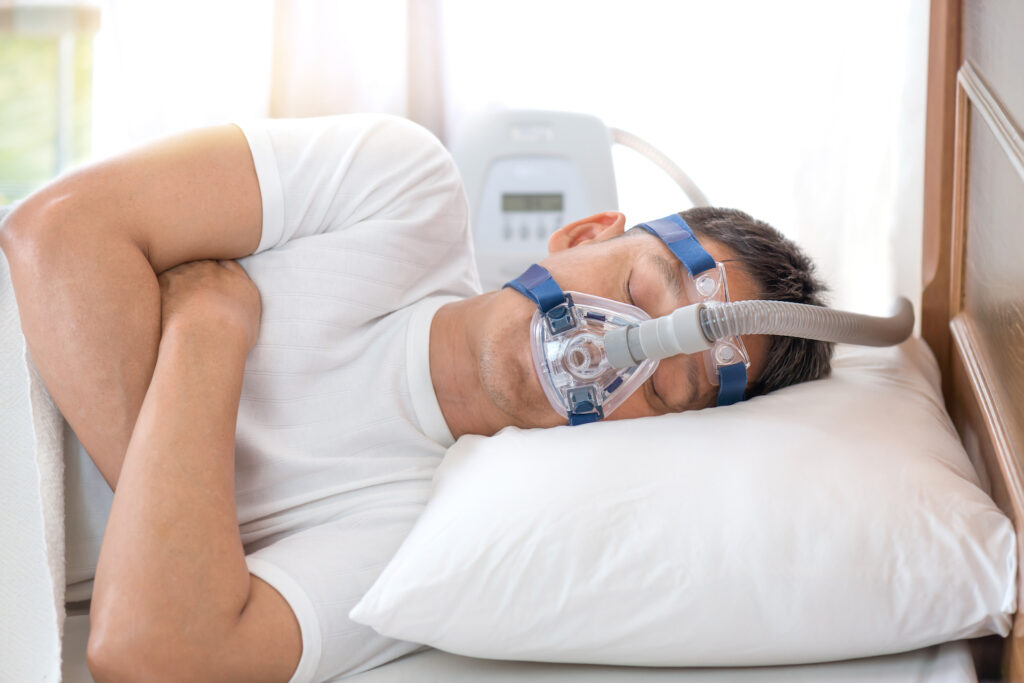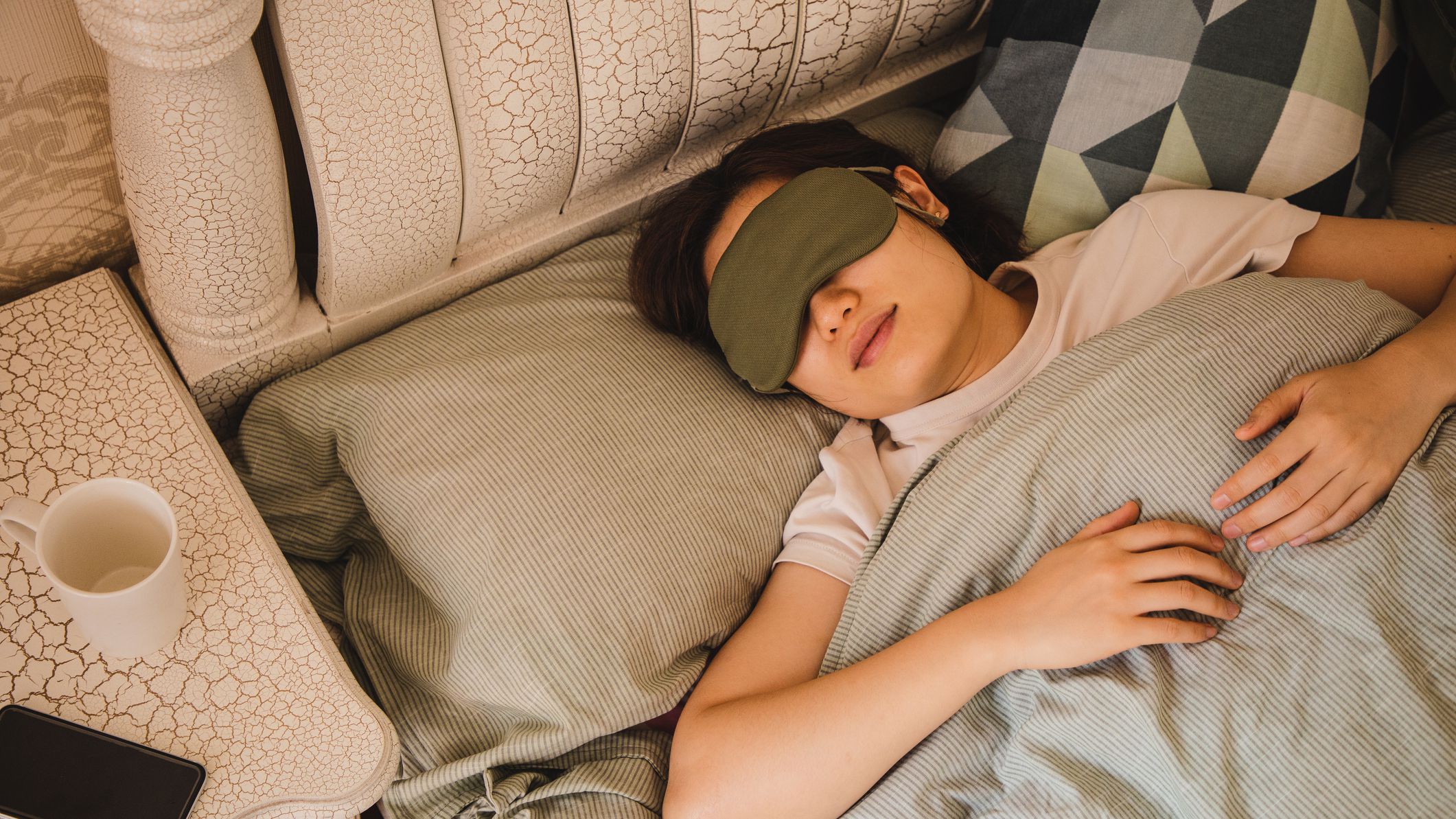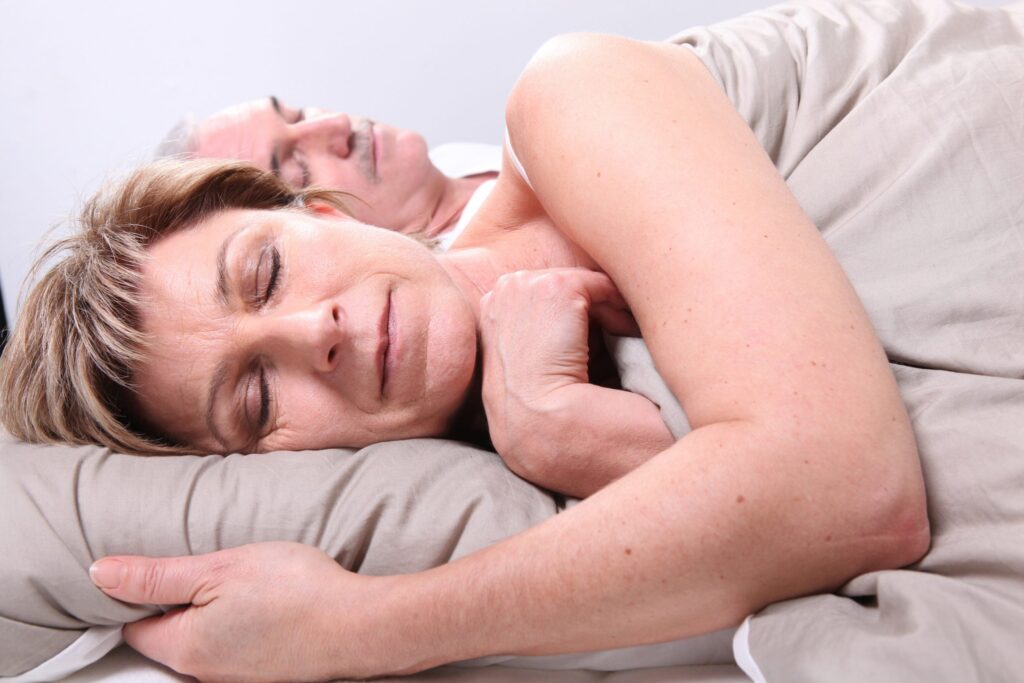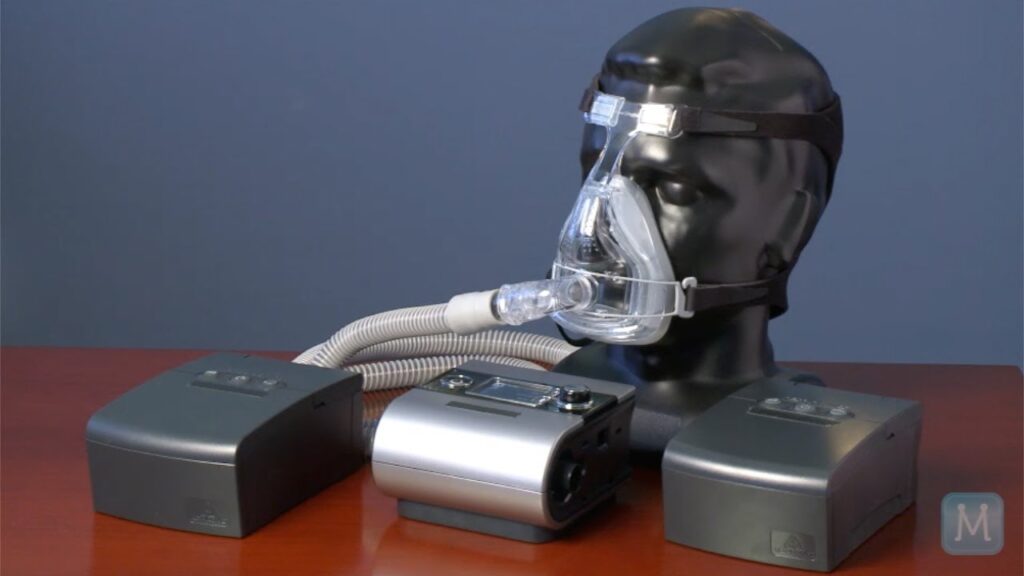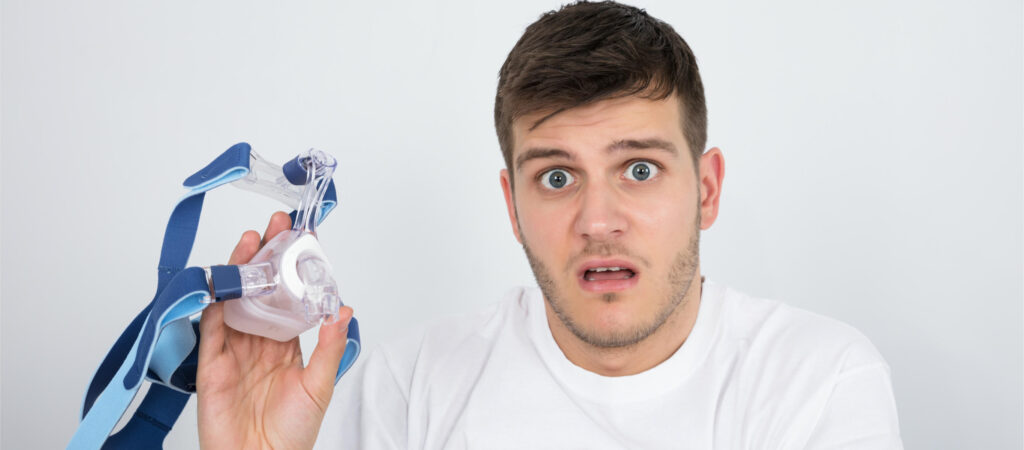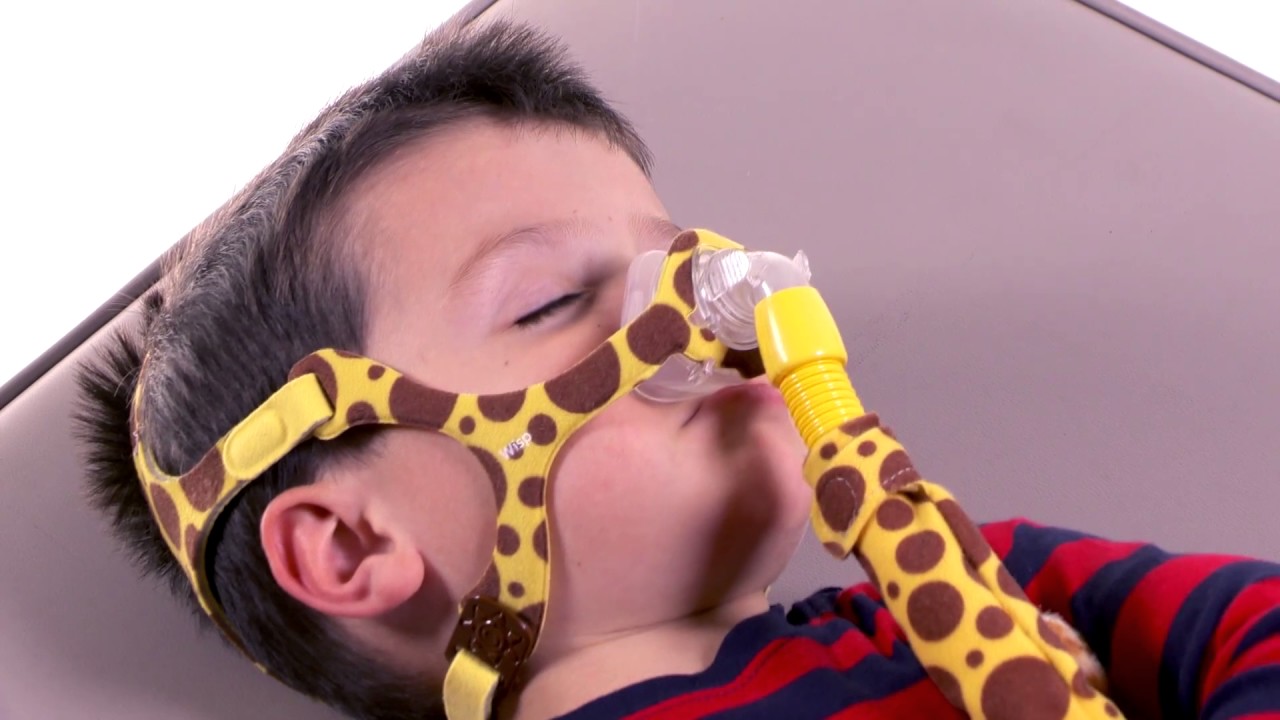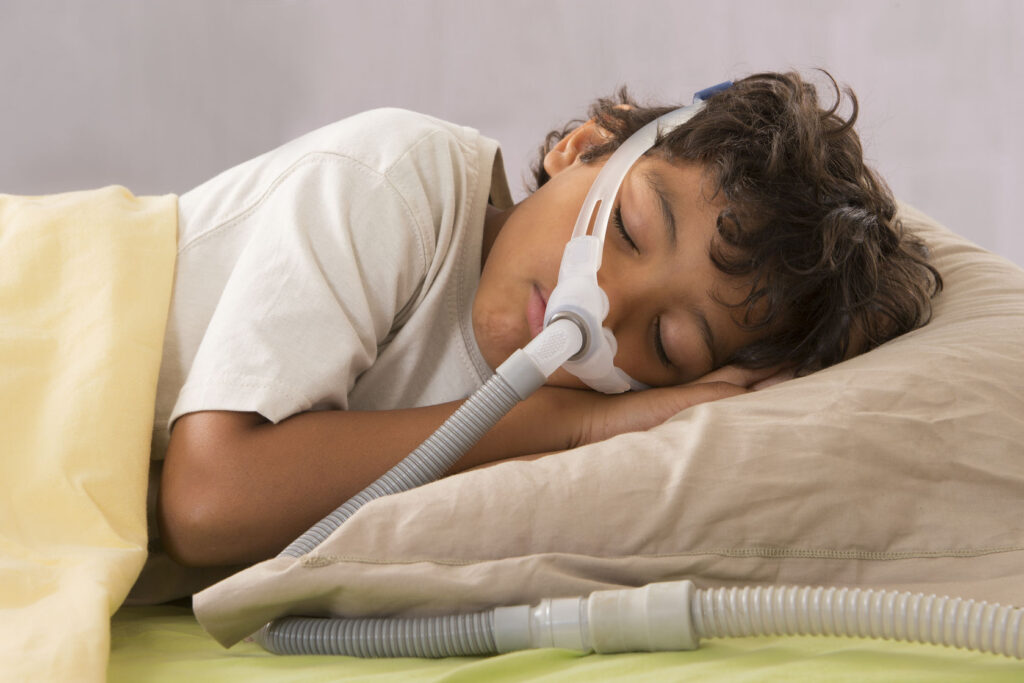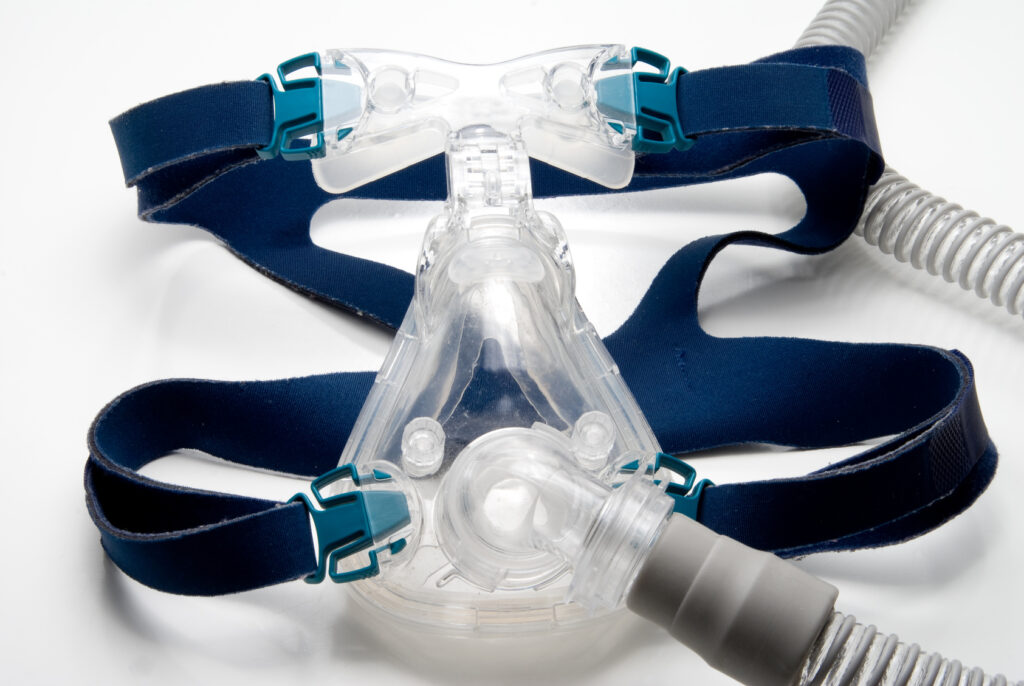Do you still snoring despite using CPAP mask? Isn’t a CPAP mask intended to eliminate snoring? Although your CPAP machine is designed to minimise snoring and other breathing issues associated with sleep apnea, snoring might suggest that something is wrong. Let’s investigate snoring in depth to identify the reasons you snore and the treatments that can cure it.
Is Snoring Caused by Sleep Apnea?
While snoring is a typical indication of sleep apnea, people with the condition don’t always snore, and snoring might suggest to use cpap mask. In fact, snoring is a common indication of sleep apnea in males but not in women.
Snoring, on the other hand, indicates a disruption in your sleep, albeit it may not be as severe as interruptions produced by sleep apnea. These disturbances can result in high blood pressure, stroke, and partner sleep deprivation.
Snoring should not be dismissed as a natural feature of ageing. What distinguishes sleep apnea from snoring is how you feel during the day. Chronic exhaustion and excessive drowsiness during the day are symptoms of sleep apnea. According to one study, individuals who snored, had sleep apnea, or those that didn’t snore but had sleep apnea all had greater rates of arterial stiffness.
However, regardless of how tired you are, it is critical to consult your doctor if you begin snoring to identify if it is caused by sleep apnea and other dangerous problems.
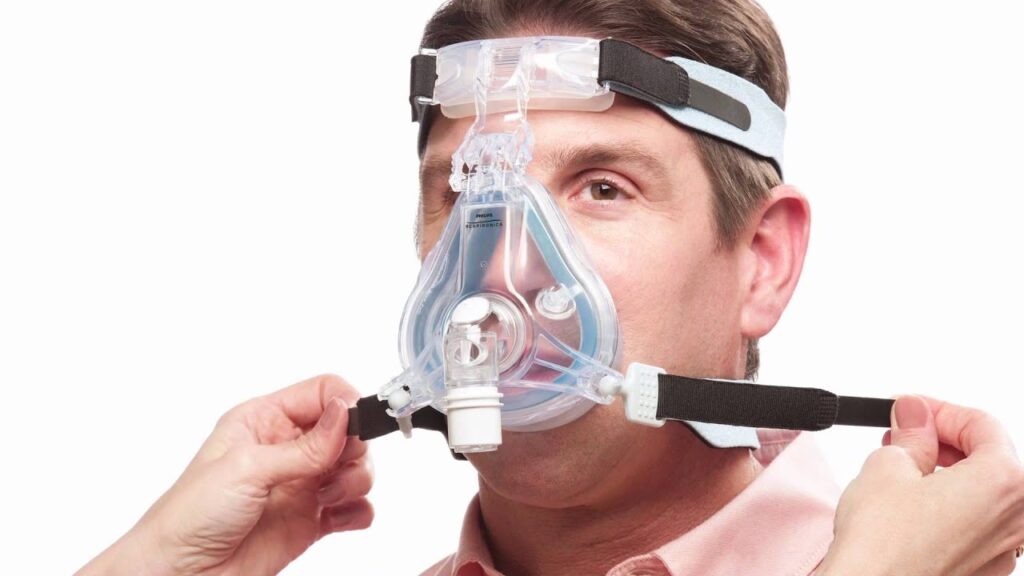
Shouldn’t Your CPAP mask keep You from snoring?
Yes, in most circumstances. Snoring when using CPAP mask is not typical. If you’re still snoring after several days of using your CPAP mask, consult with a sleep specialist. Discuss your CPAP machine and CPAP mask brand with them to see if any modifications are necessary. Make no changes to your CPAP settings on your own.
CPAP masks reduces snoring by supplying constant positive airway pressure to your airways throughout the night, keeping them open. They are able to do this by preventing the soft tissues from clogging your throat and rubbing together, resulting in loud snoring. As a consequence, your sleep is not interrupted, allowing you to get a good night’s rest.
4 Reasons You’re Still Snoring Despite Wearing a CPAP Mask
- The CPAP pressure may be insufficient.
- You could be breathing through your mouth. In this case, a full-face mask is recommended.
- There are air gaps around the mouth or nose with the CPAP mask.
- Your sleeping posture may impact the machine’s operation.
3 CPAP Snoring Prevention Methods
- Examine your CPAP air pressure – If you believe your air pressure is too low, consult a sleep specialist. Another titration trial may be required.
- Alter your sleeping posture – Snoring may be caused by your sleeping position. Sleeping on your back may prevent the machine’s air pressure from opening your airways. Sleeping on your side might be an easy option.
- You might be a mouth breather – For people who wear a nasal CPAP mask, breathing through the mouth is a serious worry. If you sleep with your mouth open, air will escape through the mouth rather than the airway. You might want to try a full-face CPAP mask.
Tips for Using CPAP Masks
- Make sure your CPAP mask is clean.
- Your mask should have a snug fit, but not be excessively tight or cause pain. Adjust your helmet straps for a snug fit.
- There should be no air gaps between your mask and your face.
- If you’re still experiencing difficulties, try a different size CPAP mask. Some masks, such as ResMed AirFit F20 and ResMed AirFit N20 sold on Air Liquid Healthcare online store, they are particularly made to accommodate with different face frame.
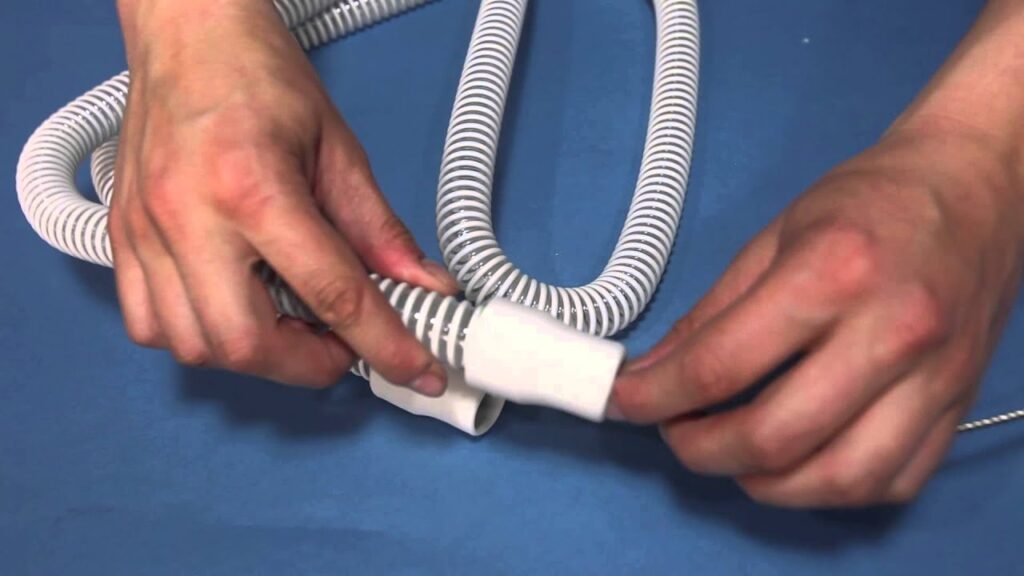
How to Quit Snoring
If your snoring is not caused by sleep apnea, you might try the following snoring remedies:
- Reduce your weight: obesity is said to be a risk factor to snoring. Apart from trying to use a CPAP mask for snoring, you can also try to engage some weight losing activities, to keep your body in shape and reduce excess fats in the body.
- Avoid drinking alcohol near sleep since it might cause your throat to relax and collapse. The muscles behind the throat, just at the back of the throat constrict faster in an intoxicated person more than in sober people, which seems to explain why some people may only snore, or snore worse, when they drink. The more you drink, the more relaxed your tissues and muscles become, and the louder you snore.
- Sleep on your left side: When you sleep on your back, the base of your tongue and soft palate compress against the rear wall of your throat, generating a vibrating sound. Sleeping on your side may assist to keep this from happening.
- Quit smoking: according to a European study report published on WebMd dot com, habitual snoring, which is explained as disturbing and loud snoring, at a frequency of at least three nights per week, affected 20% of ex-smokers, 24% of smokers, and almost 14% of those who had never smoked. Smoking is found to increase the frequency with which people snore. If non-smokers were exposed to second-hand smoke in their houses, they were more likely to snore. Obesity and upper airway anomalies are also risk factors for snoring, in addition to smoking and gender.
- Get adequate rest to avoid floppier muscles caused by fatigue.
- Stay hydrated to avoid sticky secretions obstructing your airways.
- Stay away from sleeping medicines and allergy meds that may loosen your throat.
- Raise your head four inches using cushions to keep your airways open.
- Relieve nasal congestion.
Do You Snore?
TBefore using a snoring remedy, consult with your doctor to ensure that your ailment isn’t caused by a larger problem than sleep apnea. Snoring is often an indication of sleep apnea, and the best method to get correct airflow is to use a CPAP mask to guarantee your body gets enough oxygen for healthy slumber. Get in touch with Air Liquid Healthcare to get the best CPAP mask and CPAP machine best suited for you.
More to read: What exactly is sleep apnea

